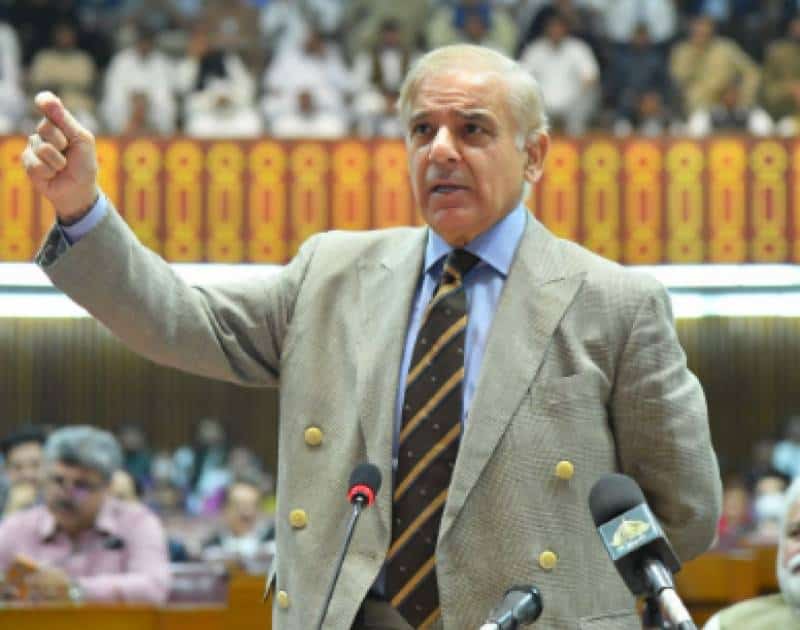ISLAMABAD – As power outage continues to intensify in various parts of the country, Prime Minister Shehbaz Sharif said on Monday that his government was making efforts to fix the mistakes made by the PTI government in the power sector.
Taking to Twitter, the premier highlighted that former PM Nawaz Sharif successfully ended the worst load-shedding in Pakistan in a period of five years.
“PTI govt neither purchased fuel in time nor repaired power plants. Hence the current load-shedding,” PM Shehbaz Sharif said.
Costly power generation through inefficient plants is costing the people Rs100 billion per month, he pointed out, adding: “We are fixing it”.
Mian Nawaz Sharif's govt ended the worst load-shedding in 5 years. PTI govt neither purchased fuel in time nor repaired power plants. Hence the current load-shedding. Costly power generation through inefficient plants is costing the people Rs.100 billion/month. We are fixing it.
— Shehbaz Sharif (@CMShehbaz) April 25, 2022
A day earlier, the prime minister also directed the relevant authorities to end the load-shedding in the country immediately.
The prolonged loadshedding has been causing difficulties for public to perform their daily chores, especially during sehri and iftar times.
Amid hot weather, Pakistanis have been suffering 8 to 15 hours of scheduled and unscheduled power outages on a daily basis across the country.
Karachi, Lahore, Peshawar, Rawalpindi, Quetta, Swat, Multan, Badin and the country’s other cities have witnessed the outages.
The Power Division said the country has been producing 17,000 megawatts of electricity while the demand has increased up to 19,000 megawatts. During the afternoon and evening timings, the demand went up to 21,000 megawatts.
Several areas of Karachi experienced outages up to 15 hours. The loadshedding-exempted areas of the city also witnessed the outages, while the loadshedding duration in different areas has been increased from eight to 15 hours.
The spokesperson for K-Electric said that the power supply had been disrupted due to the shortage of 300 megawatts from the national grid.
Meanwhile, Punjab’s urban areas experienced eight to nine hours of loadshedding, while the rural areas witnessed 10 to 12 hours of loadshedding.













